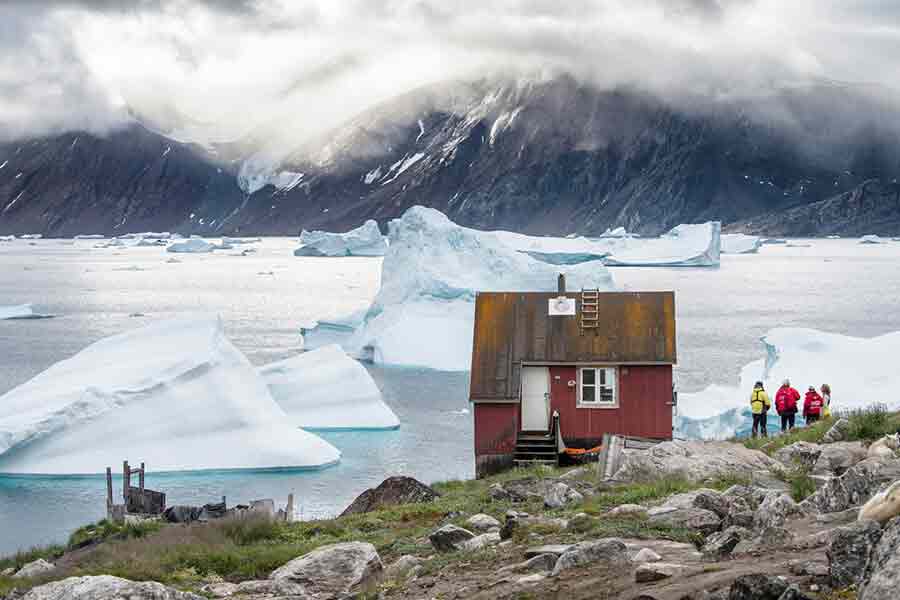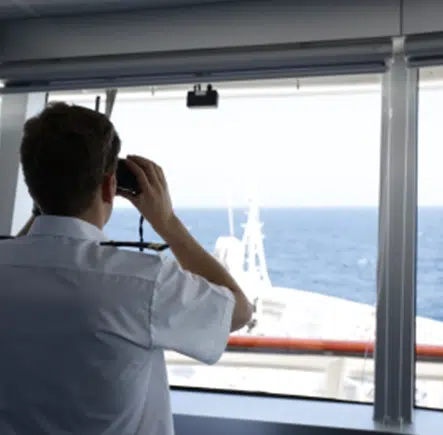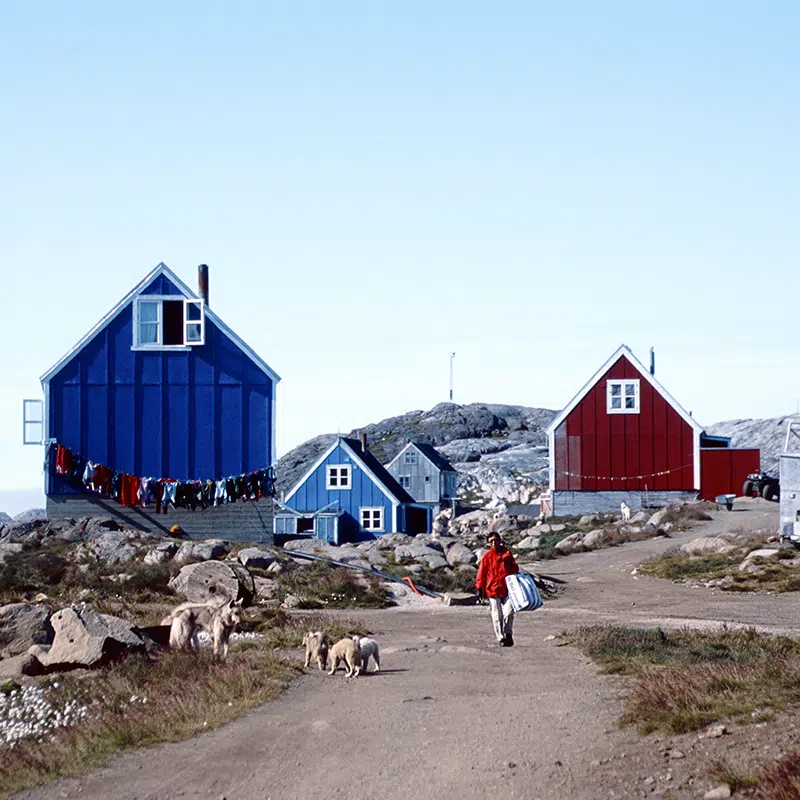Introducing the Inuit
Combining tradition and modernity, Greenland’s local population boasts a wealth of culture that invites exploration. The Inuit have retained some aspects of their traditional way of life, particularly in certain villages. Meeting them is an opportunity to rid oneself of a whole host of preconceptions and to share in an unexpected human experience.
Who are the Inuit?
The Arctic regions have been inhabited by human beings for nearly ten millennia. Strictly speaking, the Inuit make up a group of peoples who were originally from North America with diverse linguistic and ethnic origins. While there is therefore no one uniform “Eskimo” people, regions share many cultural features. The climate in Greenland created a civilisation based on hunting and fishing, as farming is not possible. For centuries, the peoples were essentially nomadic, with families moving in summer to exploit new areas. Inuit settlement, when they put down roots in certain villages and a few urban areas, is a recent phenomenon and can be attributed to the gradual westernisation of their lifestyle.

Nicolas Dubreuil, PONANT’s Polar expedition leader and a renowned specialist in the polar regions, has spent a good part of his life near the North Pole. He built his own house in Kullorsuaq, a remote village where the next settlement is at least a day away by dogsled. A white landscape and black rock, colourful houses, wild fauna… the isolated community’s environment is a good reflection of the life that the Inuit have always known. That said, as Nicolas Dubreuil describes in his book Akago, the Inuit are neither cut off from the world – they use social media and have access to many modern conveniences for example – nor from the Danish central government, with whom they have a lot of interaction. So, in reality, they are easily accessible, and their sense of solidarity is clear to anyone who explores their villages.
Some basic facts: Greenland
Official name: Kalaallit Nunaat
Capital: Nuuk
Status: Constituent country of the Kingdom of Denmark
Population: 56,000, of which 88% are Inuit and approximately 12% are Danish
Languages spoken: Greenlandic (in the Eskimo language family) and Danish
Area: 2.1 million km²
Density: 0.03 people/km²
Preserved tradition and new horizons
In northern Greenland, the Inuit lead an austere and contemplative life, still hunting bears as a resource, for example. Likewise, in the coastal regions, it is not unusual to encounter local craftspeople who work with animal skins, narwhal fishers and tanners. All of them know how to live in harmony with nature, conscious of its beauty and generosity. Thus, the way the Inuit live is fully mindful of their environment and the species which populate it.

They also have a keen sense of resourcefulness, as the distances between communities bring out the inner “maker” in everyone, and the importance of DIY and salvaging. They continue to open up to the wider world whilst retaining a certain way of life which is entirely the result of their environment, where autonomy, sharing and non-interference in the lives of others are still key values.
Due to urban development and the westernisation of some of the younger generation, a nightlife scene is developing in Nuuk for example, where activists and descendants of fishermen live side by side. These young people’s sense of responsibility when it comes to improving the quality of life for the Inuit is coupled with their particularly infectious and imaginative originality.
Ultimately, in the country’s polar cold, it is human warmth that encourages conversation with the inhabitants who have succeeded in thriving in this hostile environment.
To prepare your trip:
Nicolas Dubreuil published Akago about his many trips between France and the village of Kullorsuaq, an important account of present-day Inuit culture and their adaptation to contemporary life. He also wrote Mystères polaires with his friend, journalist Ismaël Khelifa, which depicts breathtaking locations in Greenland.
In 2014, Niviaq Korneliussen published Homo Sapienne in Greenlandic (later published in English under the title Crimson), an uncompromising fictional tale of young people in Nuuk and the aspirations of the younger Inuit generations for some social progress.
A record of traditional Inuit life, Nanook of the North, directed by Robert Flaherty is a valuable documentary film about the first peoples of North America and the Arctic.

Full steam ahead for the Far North
Set off to encounter the Inuit people in the farthest reaches of remote lands.



